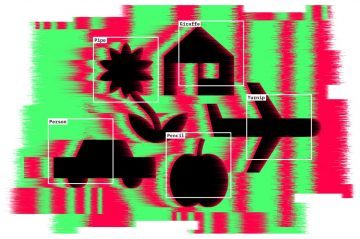Douglas Heaven in Nature:
 A self-driving car approaches a stop sign, but instead of slowing down, it accelerates into the busy intersection. An accident report later reveals that four small rectangles had been stuck to the face of the sign. These fooled the car’s onboard artificial intelligence (AI) into misreading the word ‘stop’ as ‘speed limit 45’.
A self-driving car approaches a stop sign, but instead of slowing down, it accelerates into the busy intersection. An accident report later reveals that four small rectangles had been stuck to the face of the sign. These fooled the car’s onboard artificial intelligence (AI) into misreading the word ‘stop’ as ‘speed limit 45’.
Such an event hasn’t actually happened, but the potential for sabotaging AI is very real. Researchers have already demonstrated how to fool an AI system into misreading a stop sign, by carefully positioning stickers on it1. They have deceived facial-recognition systems by sticking a printed pattern on glasses or hats. And they have tricked speech-recognition systems into hearing phantom phrases by inserting patterns of white noise in the audio.
These are just some examples of how easy it is to break the leading pattern-recognition technology in AI, known as deep neural networks (DNNs).
More here.
